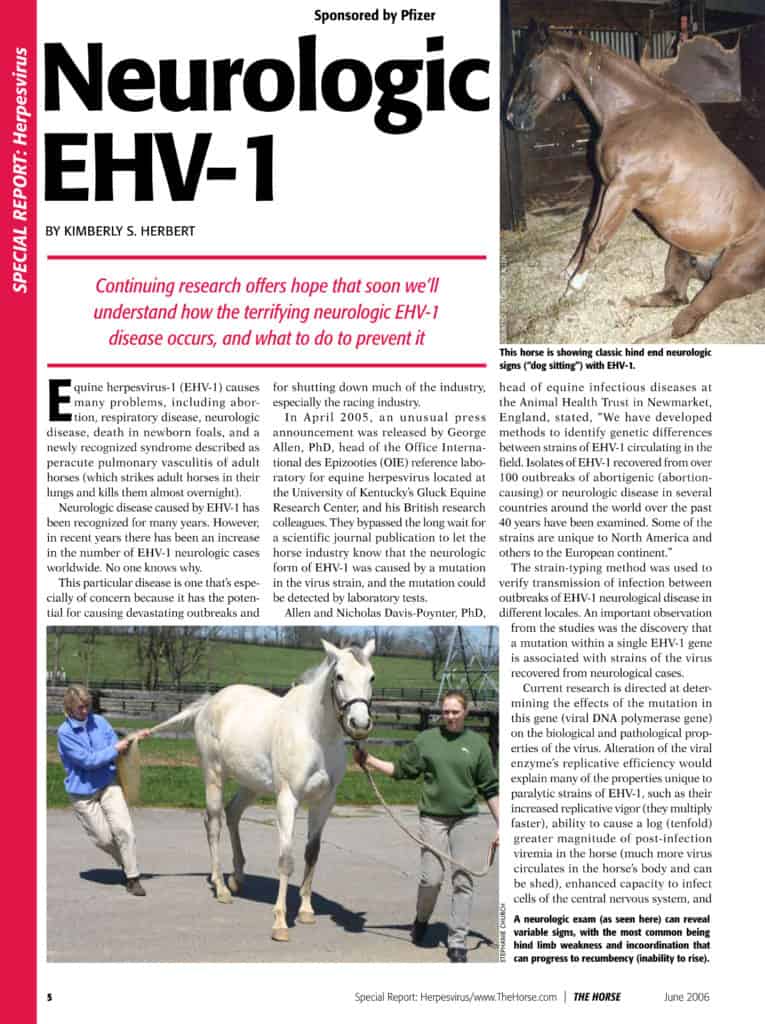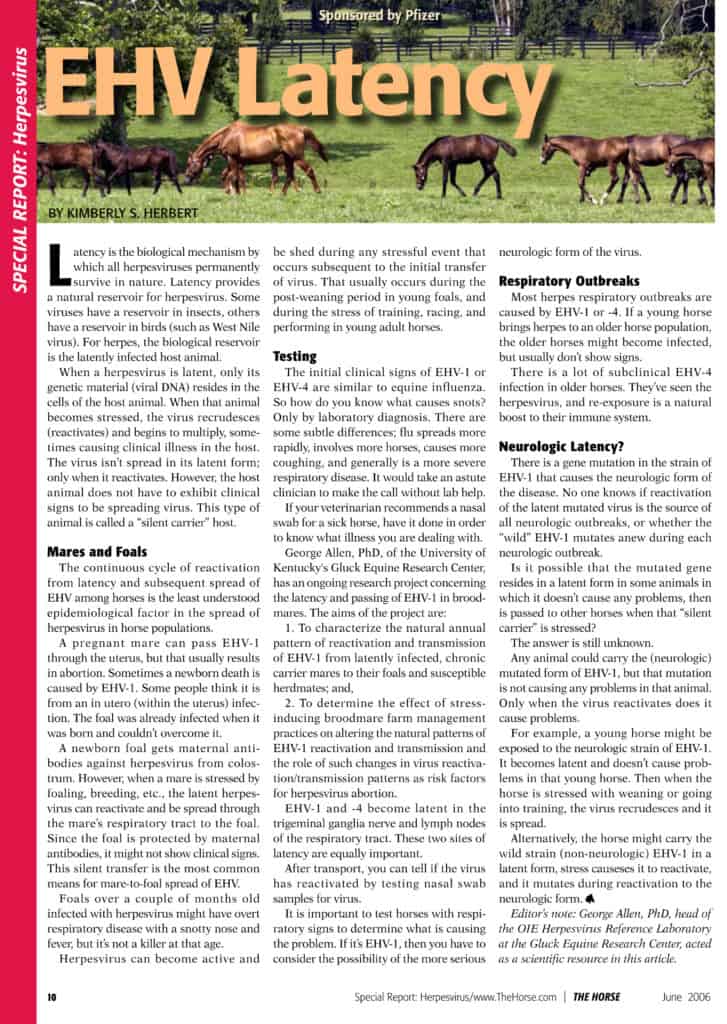War Emblem’s Struggles in Breeding Shed Continue in Japan
War Emblem’s problems in the breeding shed have gotten worse. There will be no foals sired by the 7-year-old champion son of Our Emblem born in 2007. The 2002 Kentucky Derby (gr. I) and Preakness Stakes (gr. I) winner has been reluctant to cover

















